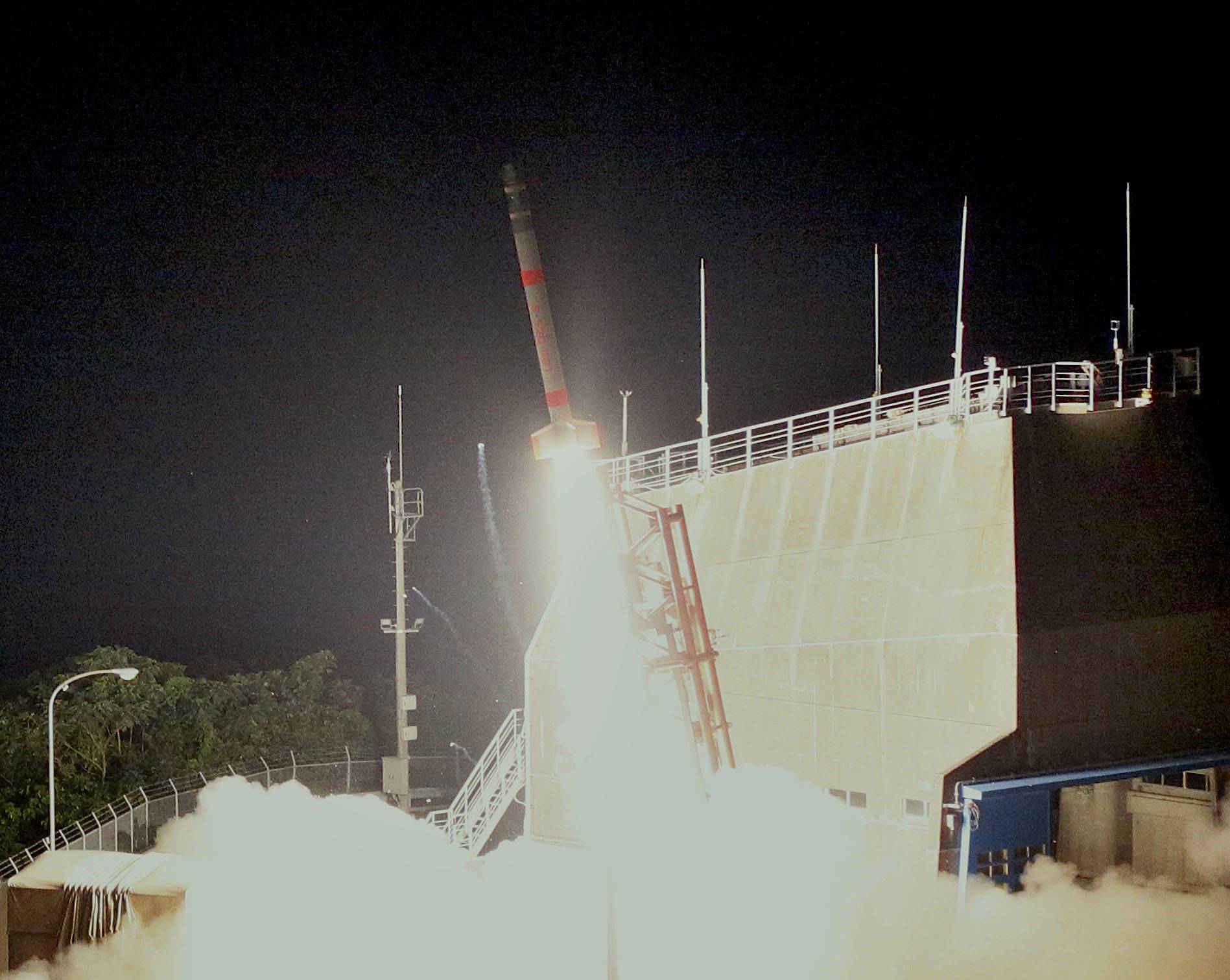Aerospace
Japan completes hypersonic engine test successfully
The first flight test of an indigenous scramjet engine was successfully completed by the Japan Aerospace Exploration Agency (JAXA), achieving hypersonic speeds while landing.

According to report The first flight test of an indigenous scramjet engine was successfully completed by the Japan Aerospace Exploration Agency (JAXA), achieving hypersonic speeds while landing. An S-520-RD1 rocket was used for the engine testing. The one-stage sounding rocket is approximately 9.15 metres long and weighs roughly 2.6 tonnes in total. It was launched on July 24, 2022, from the southern Kyushu region of Japan’s Uchinoura Space Center.
During hypersonic flight, a scramjet engine extracts the oxygen required for burning from the atmosphere. Because a scramjet does not require liquid oxygen, it can be utilised for hypersonic aircraft as well as spaceplanes that travel between Earth and space. A 9.15-meter-long piece of testing equipment attached to the S-520-RD1 was released after the launch at 5 a.m. on Sunday, reaching an altitude of 150 kilometers.
When the device’s speed reached Mach 5.5 during its descent, a combustion test was carried out for roughly six seconds at a height of around 30 kilometers. In charge JAXA official Koichiro Tani said at a news conference, “We achieved a certain level of success. We aim to build an actual engine and do a flight test as the following phase, he added. The collected data will be put to use in ground-based wind tunnel studies. Many nations are competing to create scramjet engines, which are anticipated to aid in the creation of longer-range missiles.
The most recent test is a component of research authorized by the Acquisition, Technology & Logistics Agency under a national security technology research promotion programme associated with the Defense Ministry. About 1.8 billion was given to JAXA by ATLA to meet the expenses.

Aerospace
When Ratan Tata was denied entry to the airfield at the Aero India show, he waited

During our visit to Aero India 2019, we had the unexpected opportunity to see Ratan Tata at the event, which was a thrilling moment for us. However, there was a surprising hiccup when the security staff didn’t allow him to enter due to a lack of a security pass.
Despite this, he remained calm and patiently waited for about 20 minutes until a member of the Tata team brought him the required pass, after which he calmly proceeded inside. It was a humbling sight, showcasing his composed demeanor even in such situations.
Ratan Tata ji is not only a renowned industrialist but also a trained pilot, holding a pilot’s license. In 2007, he became the first Indian civilian to fly the F-16 Falcon during the Aero India show in Bangalore—a proud moment for the nation.
His passion for aviation extended beyond flying, as he played a key role in shaping India’s aerospace industry. Under his leadership, Tata ventured into manufacturing and maintaining aerospace components while upholding its legacy of quality. Notably, Tata’s collaboration with Airbus to develop and manufacture the C295 aircraft is a testament to its growing influence in the sector.
-

 Aviation2 months ago
Aviation2 months agoMicrosoft Flight Simulator Raises $3 Million to Bring Back the An-225 Mriya
-

 Airlines2 months ago
Airlines2 months agoQantas Engineers Stage Walkout Over Cost of Living Concerns
-

 Airlines2 months ago
Airlines2 months agoQatar Citizens Can Travel to the United States Without a Visa
-

 Aviation2 months ago
Aviation2 months agoQatar Airways bans these new Electronic Devices on plane
-

 Airlines2 months ago
Airlines2 months agoJapan Airlines Rolls Out Free Domestic Flights to International Passengers
-

 Defence2 months ago
Defence2 months agoWhich Country Has the Largest Fleet of Fighter Aircraft?
-

 Airport2 months ago
Airport2 months agoWestern Sydney Airport Welcomes Its First Plane After 6 Years of construction
-

 Aviation2 months ago
Aviation2 months agoDid you know ? Once Boeing 747 carried 1088 passenger in 1991








